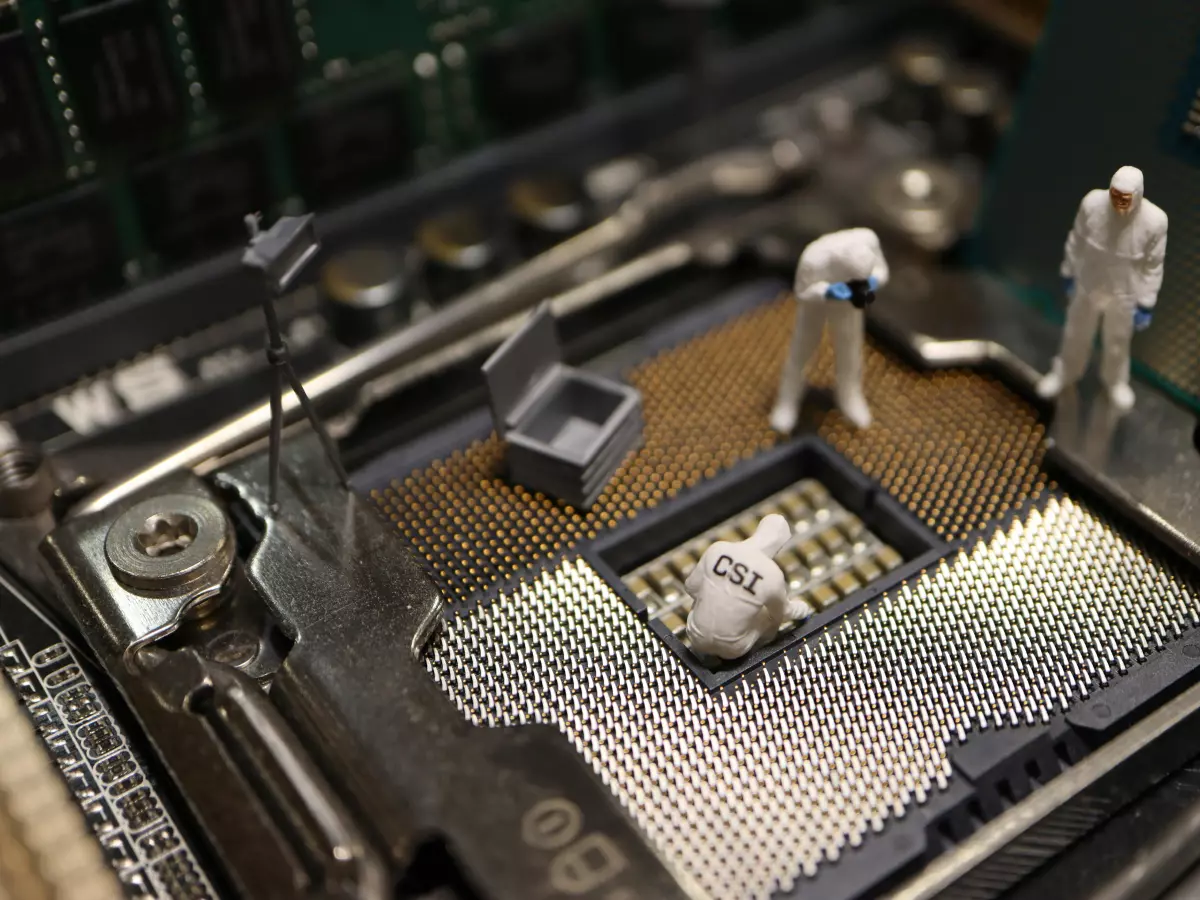Patch Now
If you're running Nvidia's Container Toolkit, it's time to patch immediately. A critical bug has been discovered that could allow attackers to escape containers and take over the entire host system. This is not a drill.

By Nina Schmidt
Imagine this: you're running a cloud environment, everything seems fine, and then—bam!—a rogue user or malicious software escapes its container and takes over your entire system. Sounds like a nightmare, right? Well, that's exactly what could happen if you're using Nvidia's Container Toolkit and haven't patched a critical vulnerability that was recently discovered.
According to The Register, this bug impacts a staggering 33% of cloud environments that rely on Nvidia's toolkit. That's a huge chunk of the cloud infrastructure, and if you're in that percentage, you could be at serious risk.
Why This Bug is a Big Deal
Let's break it down. Nvidia's Container Toolkit is widely used in cloud environments to manage containers, which are isolated environments where applications run. The whole point of containers is to keep things separate—what happens in one container stays in that container. But this bug? It breaks that rule.
This vulnerability allows for what's called a "container escape." In simple terms, it means that an attacker can break out of the container and gain access to the host system. Once they're on the host, it's game over. They can do whatever they want—install malware, steal data, or even take down your entire system.
And here's the kicker: this isn't just theoretical. The bug is real, and it's out there. If you're using Nvidia's toolkit and haven't patched yet, you're basically leaving the door wide open for attackers.
Who is Affected?
So, who should be worried? Well, if you're running any kind of cloud environment that uses Nvidia's Container Toolkit, you should be on high alert. The bug affects a significant portion of cloud environments—33%, to be exact. That means if you're in the cloud game, there's a good chance you're at risk.
But it's not just cloud providers who need to worry. If you're running containers on-premises or in a hybrid environment, you're also vulnerable. Basically, if you're using Nvidia's toolkit in any capacity, you need to patch ASAP.
How to Protect Yourself
Alright, so how do you protect yourself from this nightmare scenario? The good news is that Nvidia has already released a patch for the bug. The bad news? Not everyone has applied it yet. And if you're one of those people, you're playing with fire.
Here's what you need to do:
- First, check if you're using Nvidia's Container Toolkit. If you're not sure, now's the time to find out.
- If you are using it, make sure you're running the latest version. Nvidia has released a patch that fixes the vulnerability, so if you're not up to date, you're still at risk.
- Apply the patch immediately. Don't wait. The longer you go without patching, the more time you're giving attackers to exploit the bug.
- Finally, review your security practices. Are you regularly patching your systems? Do you have a process in place for responding to vulnerabilities? If not, now's the time to get your act together.
Other Vulnerabilities in the Wild
Unfortunately, Nvidia's bug isn't the only vulnerability making headlines right now. Qualcomm has also urged OEMs to patch critical flaws in their Digital Signal Processor (DSP) and WLAN components. One of these vulnerabilities, tracked as CVE-2024-43047, has already been actively exploited in the wild. This bug could lead to memory corruption and has a CVSS score of 7.8, which means it's pretty severe.
If you're using Qualcomm components, it's crucial to patch those as well. The last thing you want is to be hit by multiple vulnerabilities at once.
The Bigger Picture
These vulnerabilities are a stark reminder of how important it is to stay on top of security updates. In today's world, where cloud environments and connected devices are everywhere, a single unpatched vulnerability can lead to catastrophic consequences.
Think about it: one bug in Nvidia's Container Toolkit could allow an attacker to take over an entire cloud environment. One flaw in Qualcomm's DSP could lead to memory corruption and potentially compromise your entire system. These aren't small issues—they're massive, and they require immediate attention.
So, what's the takeaway here? Patch. Your. Systems. Whether you're using Nvidia, Qualcomm, or any other tech, staying up to date with security patches is one of the most important things you can do to protect your systems and data.
Final Thoughts
At the end of the day, vulnerabilities like these are a wake-up call. They remind us that no system is ever truly secure, and that staying vigilant is the only way to stay ahead of attackers. If you're using Nvidia's Container Toolkit, Qualcomm's DSP, or any other tech that's been hit by a vulnerability, don't wait—patch now. Your system, your data, and your reputation depend on it.





